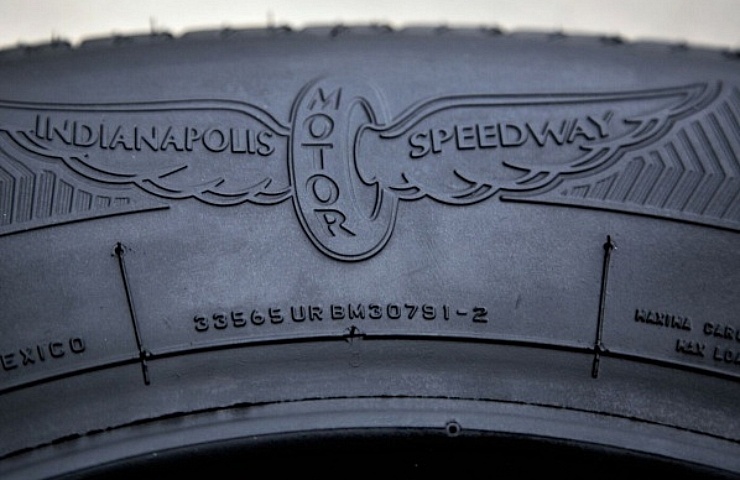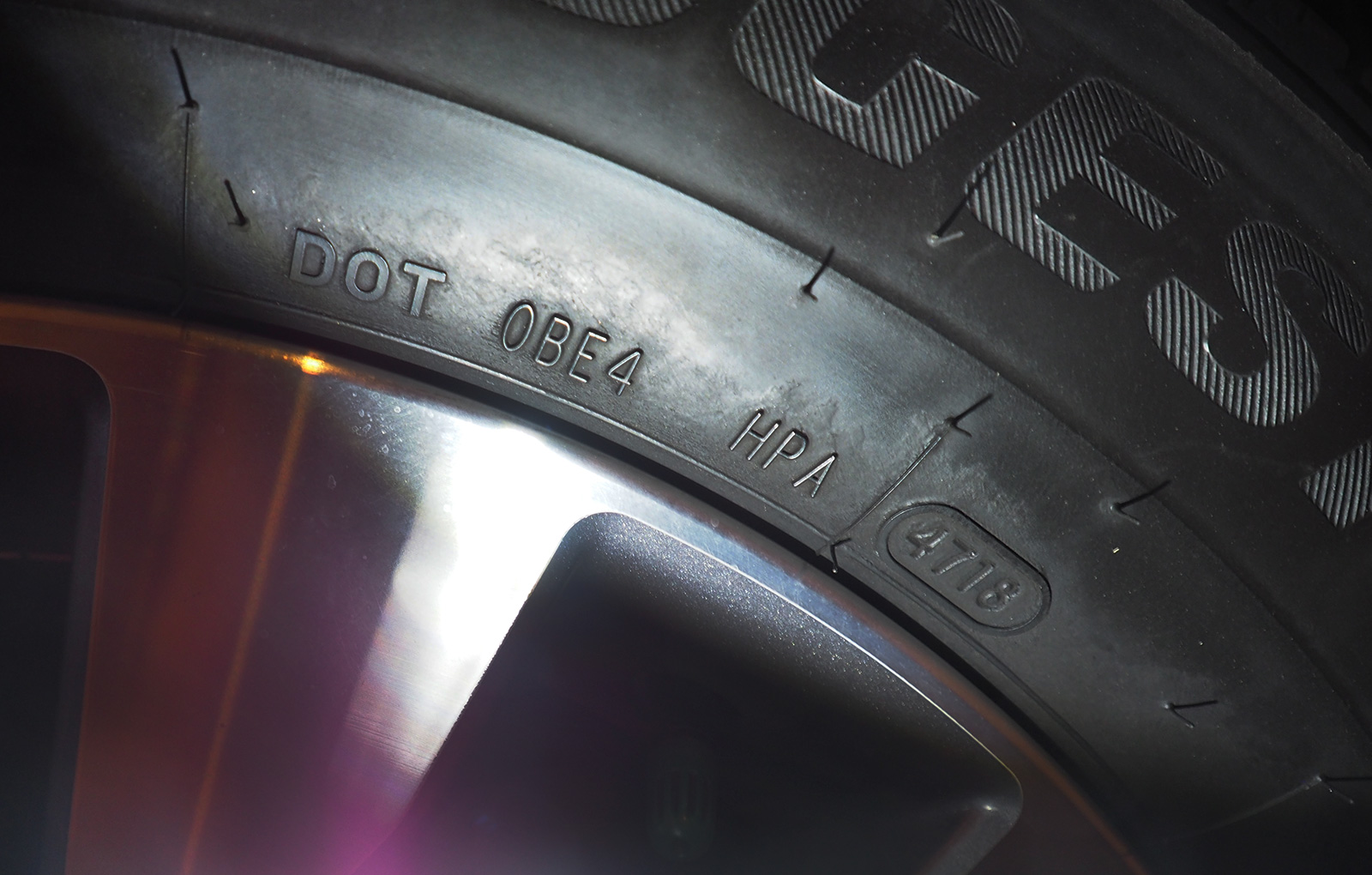Contents
Here are a few tips to understand what your tire is trying to tell you. Let’s focus on the two most important pieces of information:
- Tire size
- Date code
Shop for car and truck tires now
Tire Size and Why It Matters
The code for tire size often starts with either a “P” for passenger tire or “LT” for a light truck. You don’t want to put a passenger tire on a truck or vice versa.
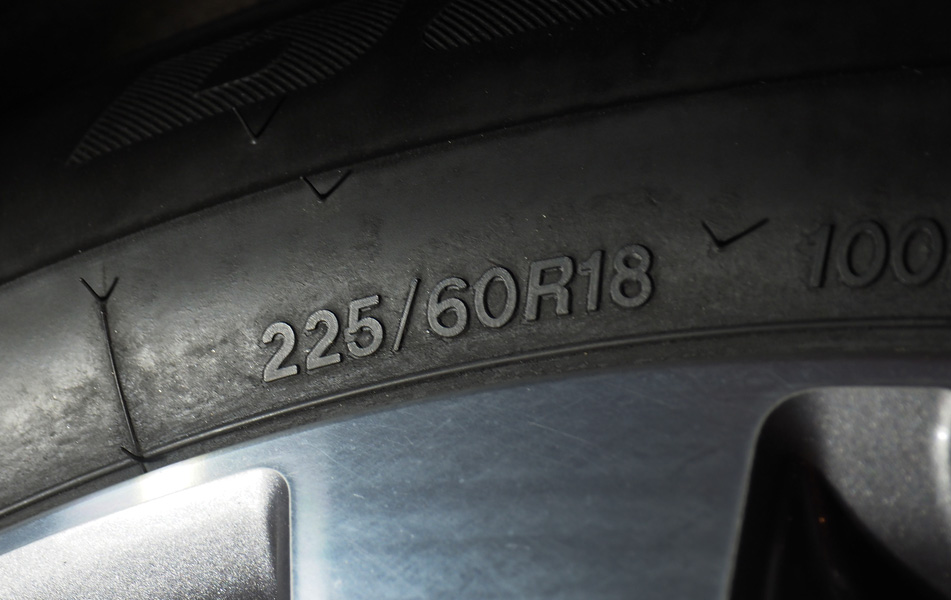
These numbers provide a lot of details about the tire’s size.
The next set of three digits shows you how to read tire size, starting with the tire width from sidewall to sidewall. The larger the number, the more tread is on the road. So, in this example, the “225” stands for 225 millimeters or nearly 9 inches. In general terms, more sidewall width translates to improved traction and handling.
After the slash is the aspect ratio, in this case, 60. The aspect ratio shows the sidewall height as a percentage of the tire’s width. So “60” or 60 percent of 225 equals a height of roughly 135 millimeters or 5.3 inches.
The next letter represents the tire construction. There’s an “R” for radial in our example, which is the standard today for most cars.
The next number represents the size of the tire’s bead—the inner circle that connects the tire to the rim. The number indicates the correct rim size or, in this case, the proper fit with an 18-inch diameter rim. It’s a must for the tire to fit the rim.
There are similar markings and codes related to motorcycle tires.
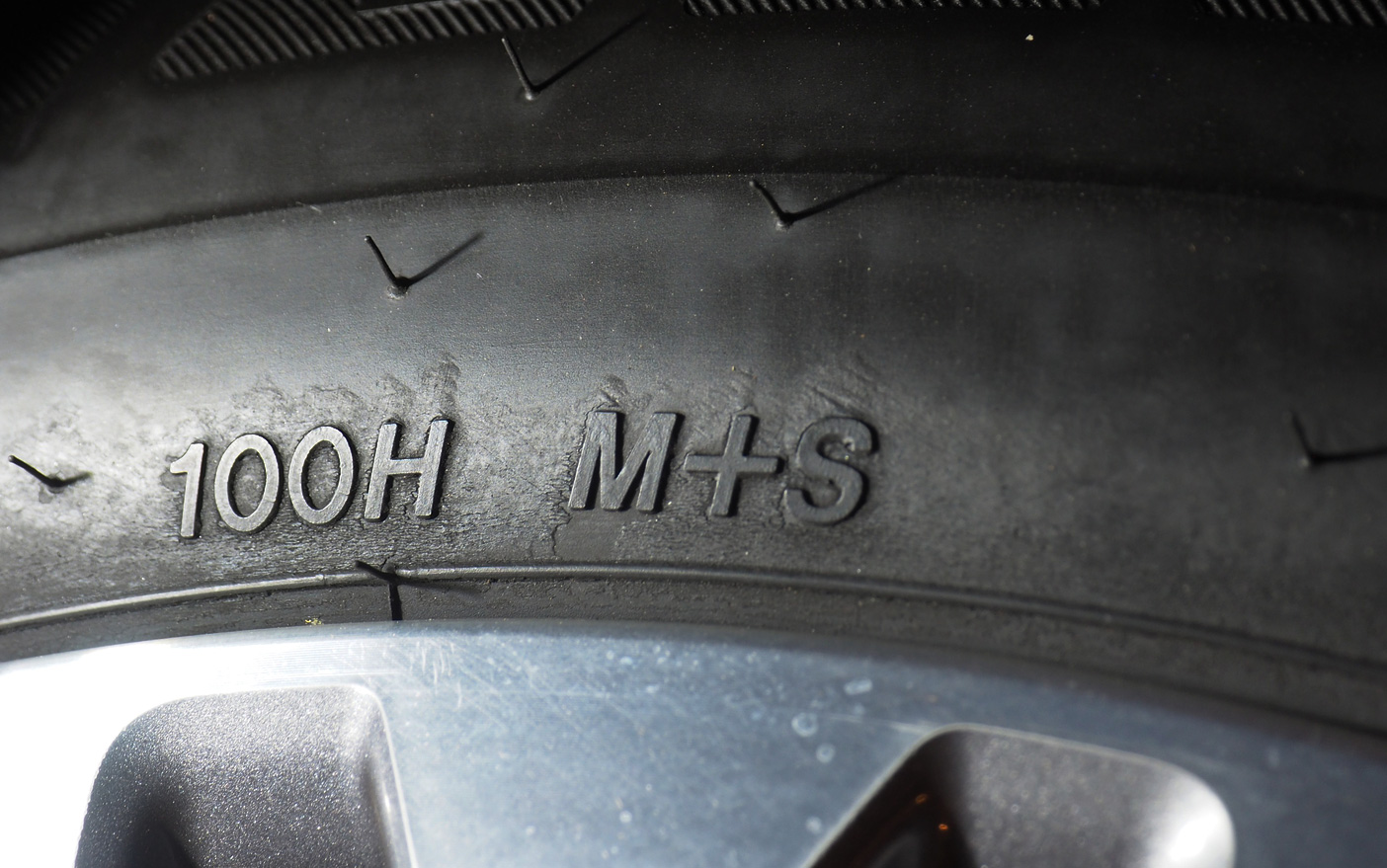
The key to tire load and speed is the “100H” figure. You’ll need to cross-reference that code with widely available charts.
Tire Load and Speed
Finally, the tire indicates a set of numbers for the load and speed designation. The load reflects the maximum weight the tire is designed to carry at a designated maximum speed. In this example, “100H” indicates each wheel can handle a maximum weight of 1,764 pounds at a maximum speed of 130 miles per hour. (Tire speed and load charts that show what each letter means are widely available on the web.)
Your tires need to handle the speeds at which you intend on driving, as well as the vehicle’s overall weight.
Most car manuals recommend the correct tire size for the vehicle. There is some flexibility, and a tire seller can advise you about what’s acceptable. But pushing the size recommendations too far can cause fitment, wear, and safety issues.
Date Code: Freshness Counts
The sidewall’s Department of Transportation (DOT) indicates when the tire was manufactured. Unfortunately, the date code is mixed in with other less critical information. You should focus on the last four numbers.
- A number from 1 to 52 represents the week of the year. For example, this tire has “47” to indicate the 47th week of the year (or mid-September).
- The last two digits are for the year. Obviously, “18” indicates 2018—to complete the time stamp of September 2018.
Why is the date important? Because tires age. The rubbers and other compounds degrade over time when exposed to road conditions and the sun. Many tire companies suggest replacing any tire that is more than five years old.
Cars that are driven infrequently might still have remaining tread life. But it’s hard to predict if a specific tire needs replacing solely based on the five-year rule. Yet, tires that are more than five years old deserve attention. Keep a close eye on abnormal tire wear.
Other Markings to Consider
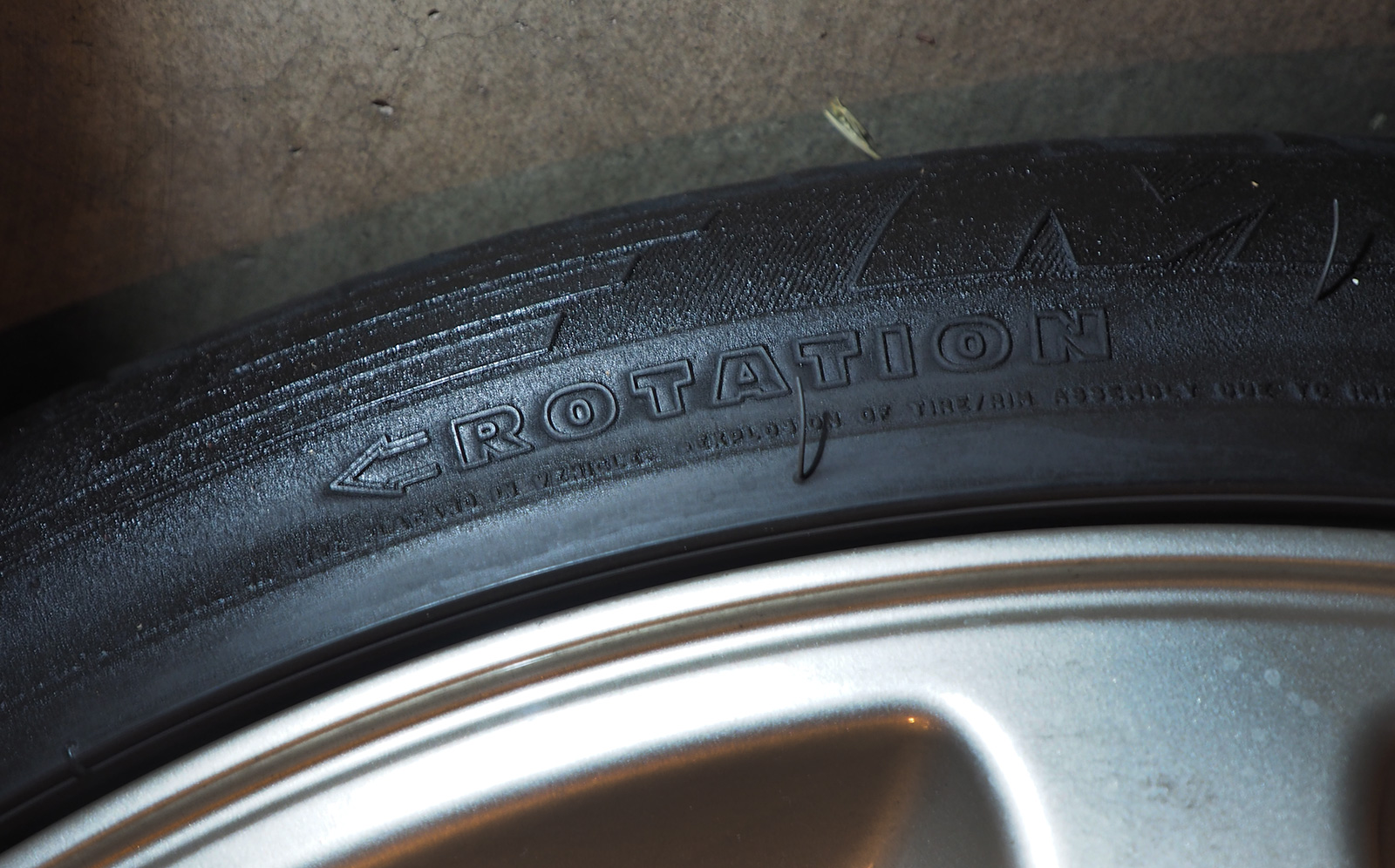
Some tires are directional. Pay attention to the arrow.
The most important codes relate to tire size and date. But here are a few other tips about a tire’s detailed markings:
- If a tire is one-directional, it will have an arrow indicating the correct forward motion of the tire. This is especially critical when installed initially and with any subsequent tire rotation.
- There is a two- or three-digit number for tread wear. High numbers are better than low numbers. And there are designations for traction and temperature. AA and A are the highest rankings, respectively.
- You might see an M+S stamped on the tire. This is frequently seen on tires designed for SUVs. That indicates the tire tread is designed for Mud and Snow for better traction. M+T indicates Mud and Terrain and is designed to perform in deep snow, mud, and rocks.
Your tire might have some other unique coding and lettering. You can always call the manufacturer to confirm what the codes mean or ask a shop about how to read tire size.
If there are other unique codes that you can’t figure out, don’t hesitate to ask the seller. Those letters and numbers are the keys to the proper fit of a safe tire for your ride.
Shop for car and truck tires now
